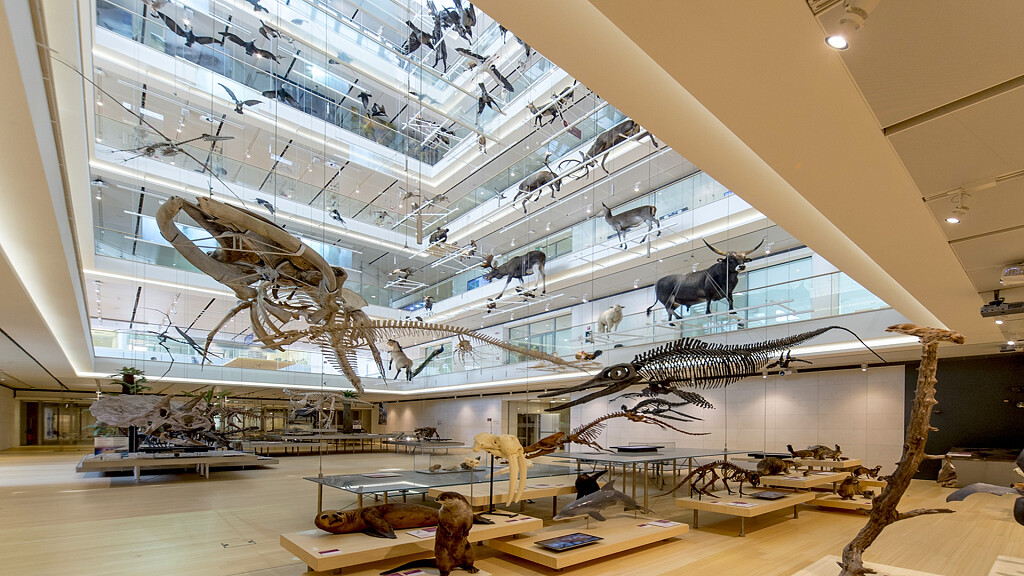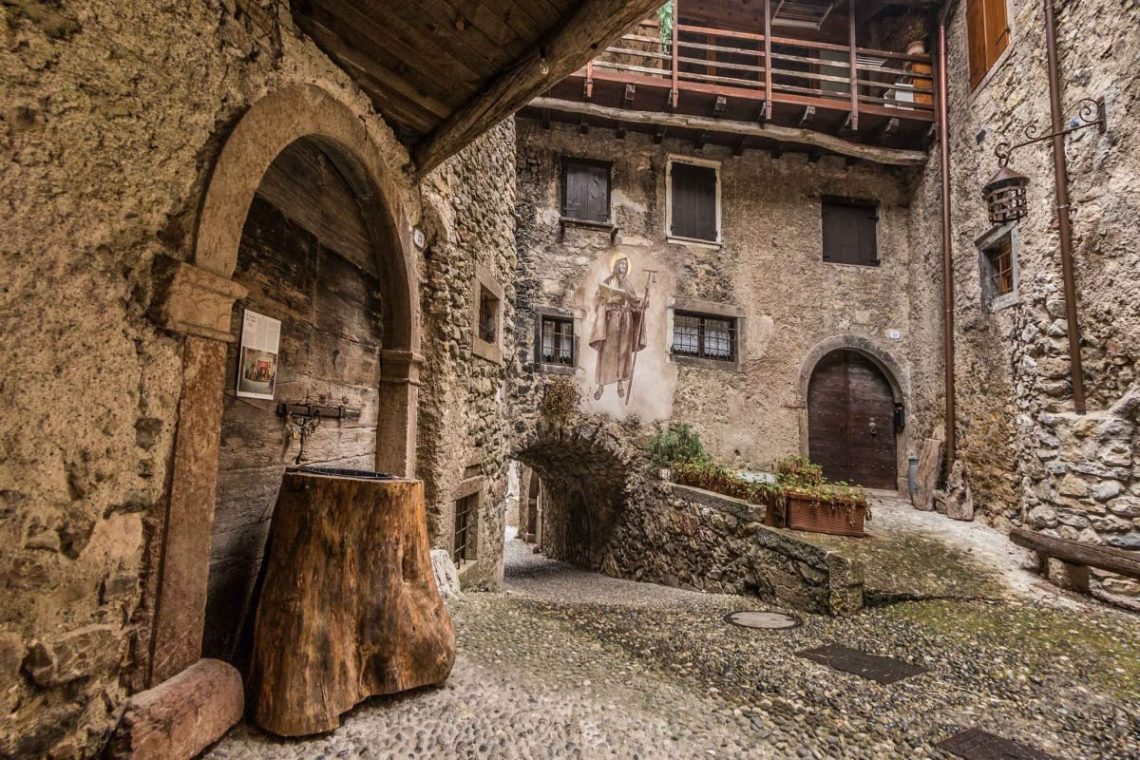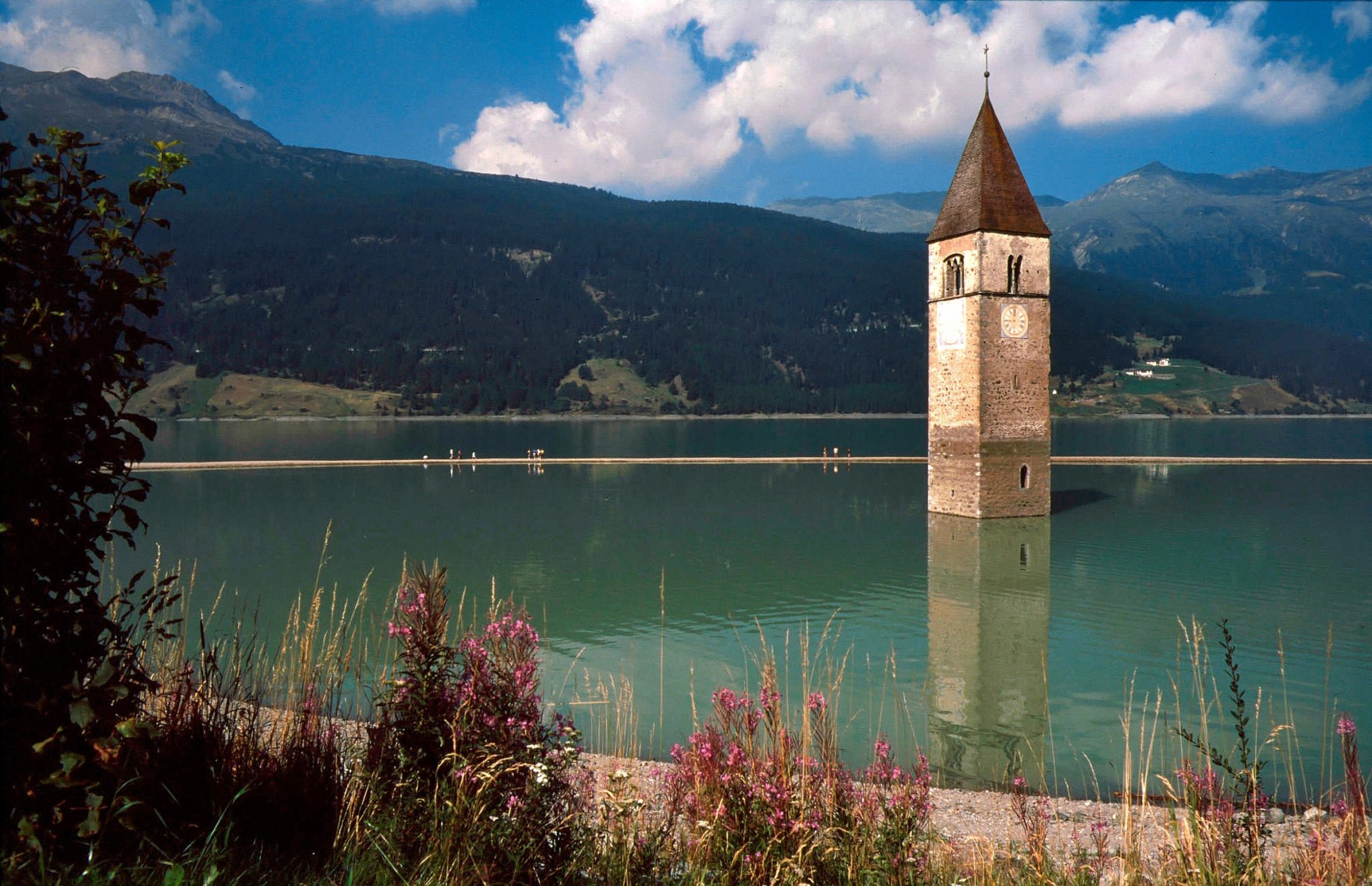Discover the wonderful MUSE of Trento
Il MUSE, the Trento science museum, is one of the most visited exhibition centers in the city and also one of the Italian excellences. It is more than just a science museum: it carries forward the concept of an interactive exhibition that allows visitors of all ages to be involved. In this way, museum visitors participate in this space dedicated to nature and natural sciences. But that’s not all: the Muse investigates the relationship between man, technology, ethics and the environment.

The Muse of Trento: the structure
The MUSE is located within the exhibition area of the Albere district of Trento, which was redeveloped in 2002 with a project by the famous architect Renzo Piano. In fact, the building where the Science Museum of Trento is located is itself a work of art of contemporary architecture.

The MUSE extends over a maximum length of 130 m above ground and a maximum width of 35 m. The museum is spread over two underground levels and five levels above ground. All the above-ground floors have both administrative and public functions. The building consists of a succession of spaces and volumes, full and empty, resting on a large body of water on which they seem to float.

The project recreates the natural habitat of the territory surrounding the museum. The MUSE exhibition uses the metaphor of the mountain to tell the story of life on earth:
- Terrace: overlooking the Adige Valley, it allows a spectacular 360 degree view;-
- Alte Vette (floor 4): the objective is to make known the geological and biological elements of the Alpine environment. Entering the large tunnel “Glacial experience”, the immersion in the mountain atmosphere is immediate;-
- Natura Alpina (floor 3): the gallery “Nel labirinto della biodiversità alpina” offers a imagined descent along a mountain path in which 26 different environments follow one another, enriched by 2 aquariums;-
- The long history of the Dolomites (plan 2): this route introduces the knowledge of the evolution of the Alps through a journey rich in multimedia, accompanied by a rigorous choice of geology objects (rocks, fossils, minerals);-
- From the first men in the Alps to the global future (plan 1): here begins the journey into prehistory;-
- The discovery begins with the senses (floor 0): a space entirely dedicated to children “Maxi Ooh!”. Touch, smell, look and see, feel: it is a place that allows you to experience the senses through the senses, making available different and original occasions every time;-
- Tropical Greenhouse (floor -1): in the gallery the fossil remains accompany people on an incredible journey into deep time, from the appearance of the first molecules to the evolution of dinosaurs and mammals following the red thread of “our” history.

The seed bank of the Muse
The Trentino seed bank was founded in 2002 in order to collect and preserve the seeds of wild plants at risk of extinction worldwide, European and Italian present in the territory of Trentino. 74 species of plants that are particularly threatened and worthy of conservation have been chosen among the 723 endangered species present in Trento. The objectives of this project are:
- Monitoring of flora in danger-
- Collection of germplasm-
- Seed treatment-
- Seed conservation-
- Molecular characterization of germplasm-
- Propagation and reintroduction-
- Environmental education

Life Seedforce: the project to save Italian native plants from extinction led by Muse
Due to the increasing serious conditions of 58 endangered species, such as the dragon’s head of the Alpine Arc, the Ligurian gentian and the saxifrage of Mount Tombea, in the Mediterranean the Primula di Capo Palinuro, the snapdragon of Linosa, the gorse of the Aeolian Islands, the giant fern of Sicily and the currant of Sardinia, was born Life Seedforce – Using SEED banks to restore and reinFORCE the endangered native plants of Italy, or a project funded by the European Commission through the LIFE program. This project aims to recover and strengthen Italian native plants in danger of extinction thanks to seed banks. The project, which started as early as 1 October 2021 and will last until the end of 2026, will be implemented by 10 Italian regions (Abruzzo, Campania, Emilia-Romagna, Friuli-Venezia Giulia, Liguria, Lombardy, Sardinia, Sicily, Trentino-Alto Adige, Veneto) and is led by the Muse.

Where is the Muse?
The MUSE is located near the center of Trento, the capital of the region Trentino-Alto Adige, and can be reached in about 10 minutes on foot along a pedestrian underpass.

The city is, in every corner, a destination to see and discover: very harmonious is the relationship between nature, architecture and city art. Worth a visit the Duomo di San Vigilio, the Castello del Buonconsiglio, one of the most important destinations of Trentino Alto Adige, the Palazzo Pretorio and the Torre Civica.
What to do in Trento
Trento is the ideal place for lovers of sport, but also of nature and tradition. Here are some ideas for alternative activities:
- Snowshoes: the “snowshoes” are typical of Trentino. They allow you to move easily on the snow, preventing you from sinking and extending the summer hiking to the winter months;

- Tobogganing: a toboggan or bobsleigh descent on one of the many slopes, in the magnificent scenery of the snowy mountains of Trentino, is always among the most beautiful memories of a winter holiday in Trentino, especially if accompanied by a pleasant stop in a hut or refuge;

- Dog sledding: Dog sledding is a unique experience and is a completely different way to experience winter. It has the advantage of being easy to learn (“hike, gee, haw, whoa” are four simple commands: forward, right, left, stop): this makes it suitable for adults and children.

Typical dishes of Trentino
The cuisine of Trento presents many typical dishes that can not be missed. Among the most appreciated and known there are:
- Dumplings: in broth or with melted butter, they can be made with speck or lucanica, spinach, nettles or beets;
- Spatzle (green dumplings): made of flour, milk, eggs and spinach, are created with a special tool called spatzlehobel;

- Potato tortei: small potato pancakes, to be eaten together with cold cuts, cheeses and cabbage;
- Strudel: the basic ingredient is apple, as filling you can add pine nuts, raisins, cinnamon and nuts.

Featured Image: Lonely Planet




